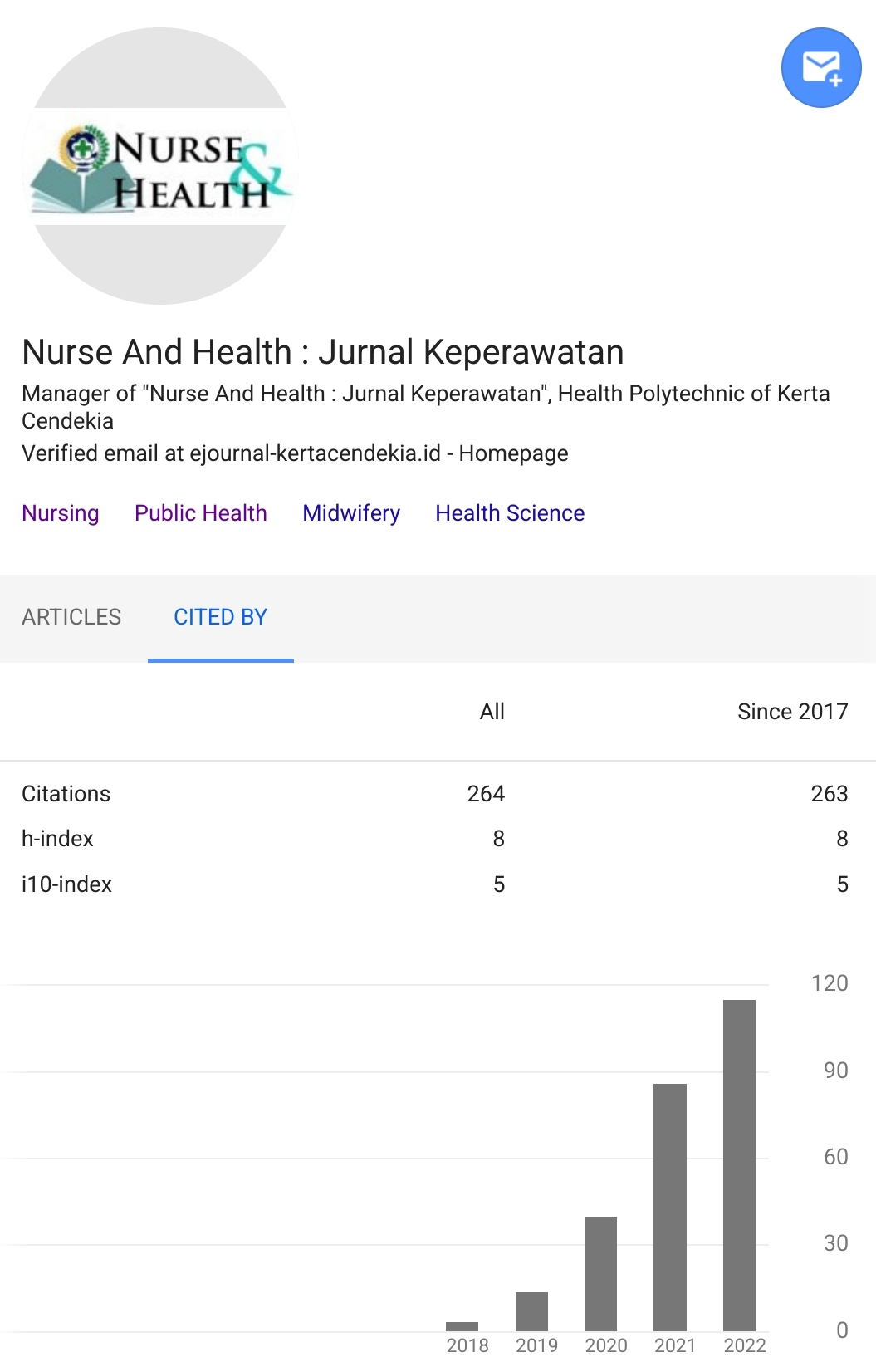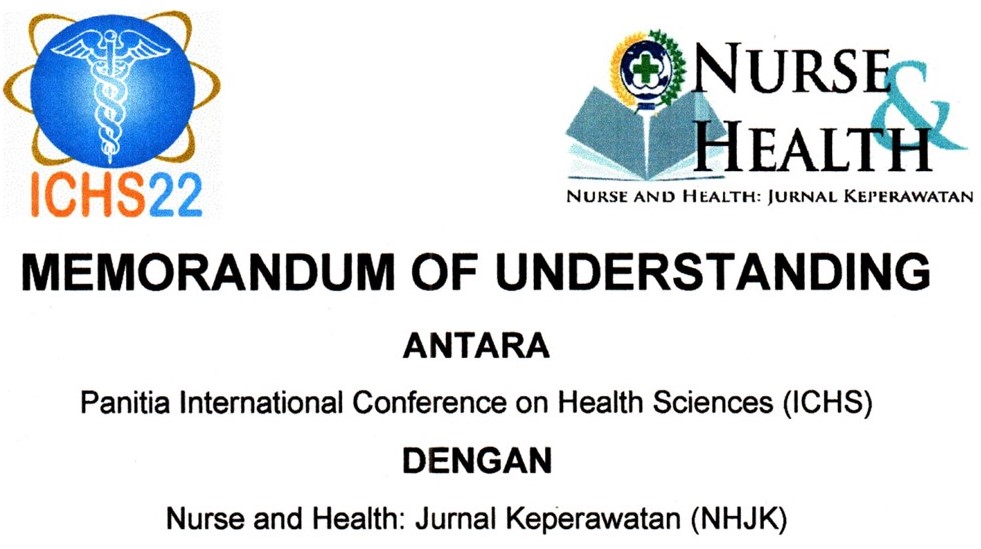THE EFFECT OF PREGNANCY EXERCISE ON THE SMOOTH DELIVERY OF THE SECOND STAGE OF CHILDBIRTH PROCESS IN EKA MEDIKA PRATAMA CLINIC, PUNGGING VILLAGE, MOJOSARI SUB-DISTRICT, MOJOKERTO DISTRICT
Abstract
Background. In childbirth, there are several factors that can affect the smooth delivery of the second stage, one of which is influenced by straining factors that can be anticipated by doing pregnancy exercise, in which pregnancy exercise can affect the slow pace of the second stage of childbirth process.Objectives. The purpose of this study was to determine the effect of pregnancy exercise on the smooth delivery of the second stage of childbirth process in Eka Medika Pratama Clinic, Pungging Village, Mojosari Sub-District, Mojokerto District.Methods. The method used in this study is analytic with a case control approach using research instruments in the form of questionnaires and observation sheets with a check list. The sample is some of the mothers who do pregnancy exercise and do not do pregnancy exercise during pregnancy in Eka Medika Pratama Clinic, Pungging Village, Mojosari Sub-District, Mojokerto District.Results. The results of data collection were processed by chi-square statistical test (X²) with a significance level of α = 0.05. The results of the study showed a significant relationship between pregnancy exercise and the smoothness of the second stage of childbirth process with a value of P = 0.007.Conclusion. Most of the respondents who do pregnancy exercise undergo the second stage of childbirth process more quickly than mothers who are not doing pregnancy exercise. Suggestions given in the results of this study are expected midwives provide counseling to pregnant women about the importance of doing pregnancy exercise during pregnancy to facilitate the second stage of childbirth process. Keywords: Pregnancy exercise, smooth delivery, second stage of childbirth processDownloads
References
Curtis, Glade. (2000). Kehamilan Diatas 30. Jakarta : Departemen Kesehatan.
Curtis, Glade. (2002). Apa Yang Anda Hadapi Minggu Per Minggu. Jakarta: Departemen Kesehatan.
Departemen Kesehatan. (2000). Standart Pelayanan Kebidanan. Jakarta: Dapertemen Kesehatan.
Huliana, Mellyna. (2001). Panduan Menjalani Kehamilan Sehat. Jakarta: Puspa Swara.
Manuaba, Ida Bagus Gde. (1998). Ilmu Kebidanan Penyakit Kandungan dan Keluarga Berencana Untuk Bidan. Jakarta: EGC.
Manuaba, Ida Bagus Gde. (1999). Operasi Kebidanan Kandungan dan Keluarga Berencana Untuk Dokter Umum. Jakarta: EGC.
Mochtar, Rustam. (1998). Synopsis Obstetri. Edisi 2. Jakarta: EGC.
Notoatmodjo, Sukidjo. (2002). Metodologi Penelitian Kesehatan. Jakarta: Rineka Cipta.
Notoatmodjo, Sukidjo. (2005). Metodologi Penelitian Kesehatan. Jakarta: Rineka Cipta.
Nursalam, dkk. (2001). Pendekatan Praktis Metodologi Riset Keperawatan. Jakarta: Salemba Medika.
Prawirohardjo, Sarwono. (1999). Ilmu Kebidanan. Jakarta: Tridasa Printer.
Sumapraja, Sudraji. (2002). Persalinan Normal. Jakarta: Balai Penerbit FKUI.
Supriatmaja. (2003). Pengaruh Senam Hamil Terhadap Persalinan Kala Satu dan Kala Dua. Retrieved at January 22, 2007 from www.Kalbefarma.com.
Susiloningtyas, L. (2017). HUBUNGAN SENAM HAMIL DENGAN KELANCARAN PROSES PERSALINAN KALA II PADA PRIMIGRAVIDA. Jurnal Science Midwifery, 1(1).
Tim Penyusun Kamus Pusat Bahasa. (2005). Kamus Besar Bahasa Indonesia. Jakarta: Balai Pustaka.
Authors who publish with Nurse and Health: Jurnal Keperawatan agree to the following terms:
- Authors retain copyright licensed under a Creative Commons Attribution-NonCommercial 4.0 (CC BY-NC 4.0), which allows others to remix, tweak, and build upon the authors' work non-commercially, and although the others' new works must also acknowledge the authors and be non-commercial, they don't have to license their derivative works on the same terms.
- Authors are permitted and encouraged to post their work online (e.g., in institutional repositories or on their website) prior to and during the submission process, as it can lead to productive exchanges, as well as earlier and greater citation of published work (See The Effect of Open Access). Authors can archive pre-print and post-print or publisher's version/PDF.






















